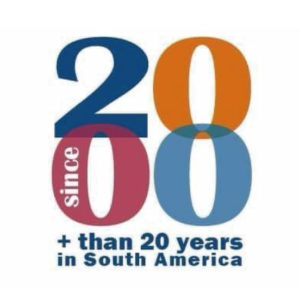What to see in Nazca? The amazing Nazca Lines and more
Well, Nazca has a highlight of course, a must-see. And it´s the unique and famous Nazca Lines. But, there are some other interesting things to do during your trip, if you think to stay a bit more time in this destination:
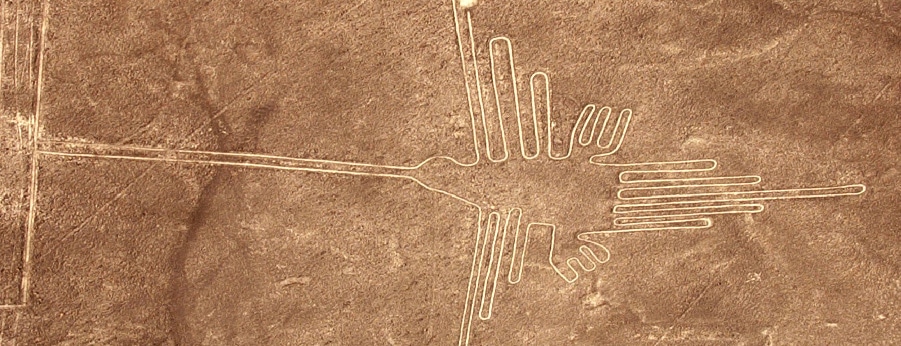
Enjoy the Nazca Lines from the sky: the incredible overflight
The best way to see the lines is from the air, so it’s just as well that a fleet of light aircraft are on hand to the meet demand. Despite only lasting 20 minutes or so, an airborne Nazca tour passes all the best geoglyphs and provides unbeatable views.
To enjoy an overflight is to get a closer look at Peru’s mysterious Nazca Lines from the comfortable window seat of a small aircraft. Slip-on your provided headset to hear commentary from your guide as you fly over thirteen of the more than threee hundred figures spread across 193 sq. miles (500 sq. km) of the desert. The UNESCO-listed Nazca Lines are so large and spread out that they can only be properly viewed and appreciated from the air.
These geoglyphs, made with a single line, and some with a dimension of up to 300 m, are still waiting for us to discover their messages. Meanwhile, the Nasca lines have been declared Cultural Heritage of Humanity.
They are the most outstanding group of geoglyphs anywhere in the world and are unmatched in its extent, magnitude, quantity, size, diversity and ancient tradition to any similar work in the world. The concentration and juxtaposition of the lines, as well as their cultural continuity, demonstrate that this was an important and long-lasting activity, lasting approximately one thousand years. Intensive study of the geoglyphs and comparison with other manifestations of contemporary art forms suggests that they can be divided chronologically from the Middle and Late Formative (500 BC – 200 AD) to the Regional Development Period (200 – 500 AD), highlighting the Paracas phase (400 – 200 BC) and the Nasca phase (200 BC – 500 AD). There are two categories of glyphs: the first group is representational, depicting in schematic form a variety of natural forms including animals, birds, insects, and other living creatures and flowers, plants, and trees, deformed or fantastic figures and objects of everyday life. There are very few anthropomorphic figures. The second group comprises the lines, which are generally straight lines that criss-cross certain parts of the pampas in all directions. Some are several kilometres in length and form designs of many different geometrical figures – triangles, spirals, rectangles, wavy lines, etc. Others radiate from a central promontory or encircle it. Yet another group consists of so-called ‘tracks’, which appear to have been laid out to accommodate large numbers of people.
While the images dated to the Paracas are often humanlike and bear some resemblance to still-earlier petroglyphs in the region, the subjects of the Nazca-made lines are generally plants and animals—such as a monkey (some 360 feet [110 metres] long), a killer whale (210 feet [65 metres]), a bird resembling a condor (443 feet [135 metres]), a hummingbird (165 feet [50 metres]), a pelican (935 feet [285 metres]), a spider (150 feet [46 metres]), and various flowers, trees, and other plants—as well as geometric shapes, including triangles, trapezoids, and spirals. Although the figures have been said to be virtually indecipherable from ground level, some claim that one cannot understand their meaning without walking what are now believed by some to be the sacred paths.
Since their discovery in the 1920s, the lines have been variously interpreted, but their significance remains largely shrouded in mystery. The American historian Paul Kosok observed the lines from an airplane in 1941 and hypothesized that they were drawn for astronomical purposes. María Reiche, a German translator who spent years studying the site and lobbying for its preservation, also concluded that it was a huge astronomical calendar and that some of its animal sketches were modeled after groupings of stars in the night sky. In 1967, however, the American astrophysicist Gerald Hawkins found no correlation between changes in the celestial bodies and the design of the Nazca Lines.

See the Nazca lines from a tower
Haven’t got the cash for the overflight activity? Or to fly is not your favourite activity? Well, you can see tome lines from a tower specially prepared for you. Yes, some more interesting lines can be viewed from land as well. A series of viewing platforms have been erected around the site to provide budget travelers with a bird’s eye view.
Visit the local market in Nazca
On Sundays the people of Nazca come together on the city’s north-east side for a massive food and clothing sale. Here you can find all kinds of fruits, vegetables, meat, and cheap sunglasses, clothes, and DVDs for sale. Even if you don’t buy anything, the market is large enough that it makes for a fun half-day adventure.
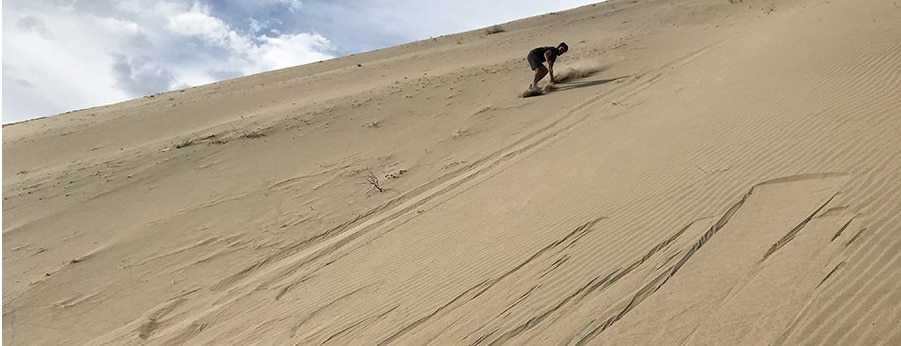
Enjoy Sandboard!
In the deserts surrounding the tiny town of Nazca are some impressive sand dunes… and if you like motorized adventures, then a 4×4 Sandboarding Tour is right up your alley. On this unique adventure, you will ride along in an 8-person dune buggy (the more people on the tour with you, the less you pay). At first, you’ll be driven to the aqueducts of Ocongalla, the Ruins of Cahuachi (an ancient pyramid site), and finally, you will visit a place where the bones of hundreds of people are simply scattered in the sand. After that, you’ll head out into the dunes for about an hour’s worth of Sandboarding, before jumping back in the dune buggy and heading home.
See the Cantalloc Aqueduct
The ancient Nazca civilization managed the problem of the driest region on earth, with clever irrigation channels, of course, the most impressive of which is known as Cantalloc. This channel, is situated just outside town, this worthwhile archaeological site gives some useful background into early Nazca culture.
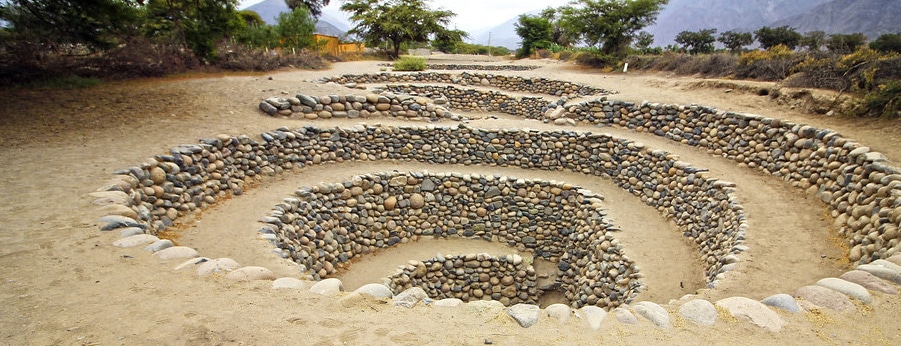
Visit the Walls (Los Paredones)
It is believed that it was built at some point in the 1400s and was an administrative center and a link between the coastal and inland population. Terraces were built and then the structures were made from adobe (mud) bricks and this is why the site is in such bad repair. The site is getting eroded by rains and wind. It has a central structure and around it warehouses, administration buildings, barracks and ceremonial area. It´s a very interesting place to visit during you stay in Nazca
Visit Ballestas Islands
Ballestas Islands is the name of the islands means “Crossbow”, so named according to local fishermen. The group of three islands has narrow shorelines and cliffs that rise to flan areas that cover an area of 3.2 square kilometers. In the breeding season this is where birds build their nests with their own droppings. These droppings, the famous guano fertilizer, are harvested every 4-7 years. The boat trip to Ballestas Islands provides an opportunity to easily watch resident and migratory birds, including flamingos, red-legged cormorants, Inca terns, bobbies, as well as playful sea lions, amusing Humboldt penguins and, we are lucky, we might see marine otters and the bird with the largest wingspan in the world, the condor, which flies down from the Andes in search of food.
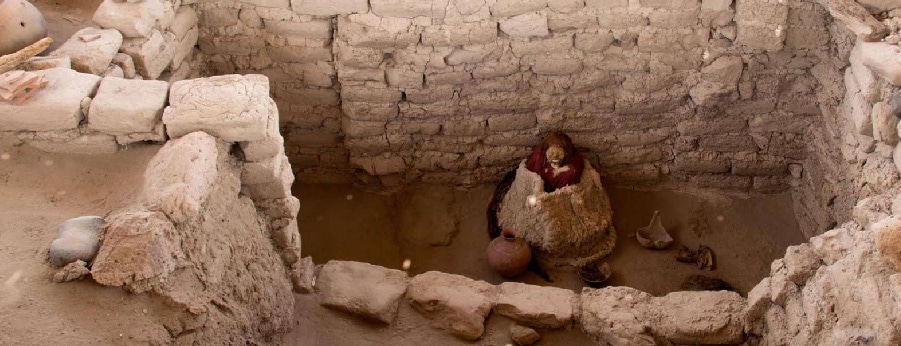
Meet mummies in Chauchilla Cemetery
It is believed that it first served as a cemetery from 200AD until the 9th century. Here you will see many of bodies of the people that were buried here, though the grave robbers that pillaged the site until 1997 have taken anything of significant value.
When you visit you will see the well preserved bodies in the graves. The bodies have are well preserved because of the dry climate in the peruvian desert and also because of the cotton they were wrapped in for death and the resin used afterwards.
Visit the Palpa Lines
You can visit the Palpa Lines, to know the geoglyphs discovered in the province of Palpa, on the southern coast of Peru. Located near the Nazca Lines, these new geoglyphs belonged to the Paracas culture, prior to that of the Nasca. To get to know them, we will go up to different viewpoints from which we can observe these figures that represent humans and animals in a very peculiar way.












